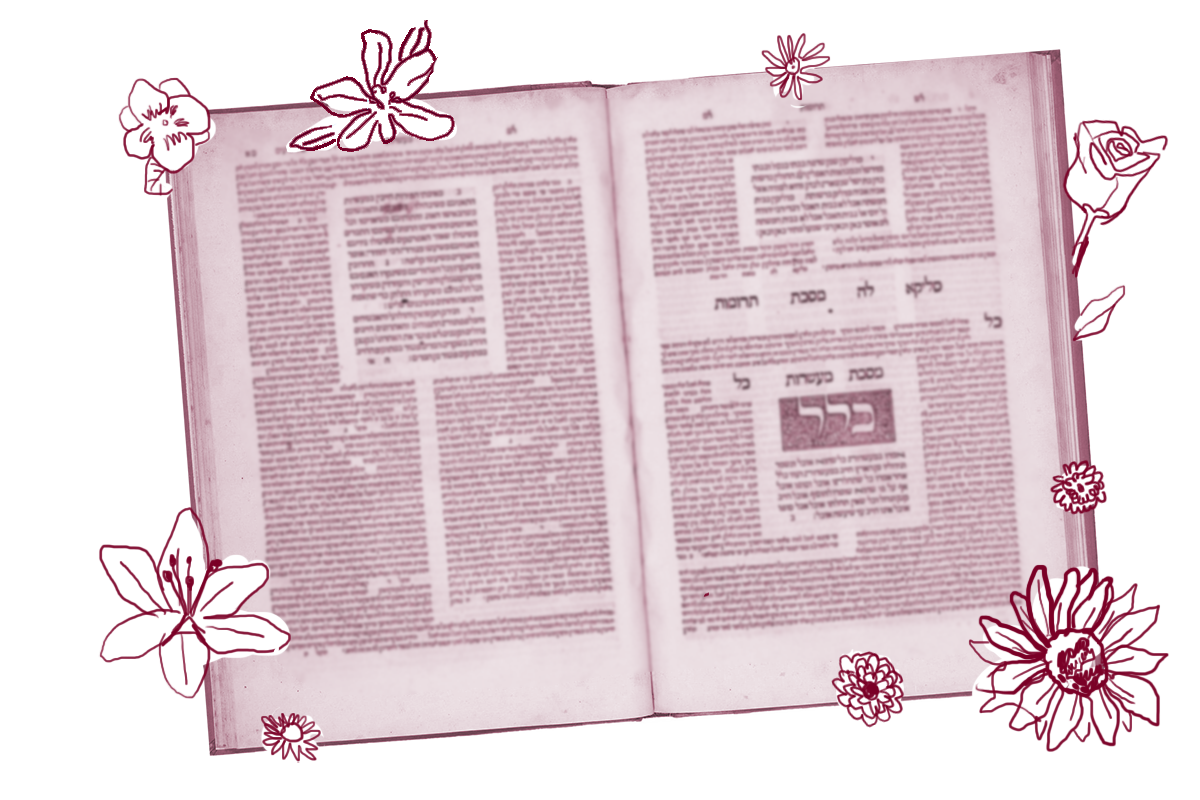When I was a child, I envied priestly headwear. Specifically, Catholic priestly headwear. Sure, the Jews in my neighborhood wore fur streimels and fancy wigs, but they had nothing to rival the pope’s miter: tall, majestic, bejeweled.
That was before I learned about the tzitz, a frontplate (or in a more fanciful translation, “rosette”), which Exodus commands be attached to Aaron’s hat: “You shall make a frontlet of pure gold and engrave on it the seal inscription: ‘Holy to the Lord.’ Suspend it on a cord of blue, so that it may remain on the headdress; it shall remain on the front of the headdress. It shall be on Aaron’s forehead, that Aaron may take away any sin arising from the holy things that the Israelites consecrate, from any of their sacred donations; it shall be on his forehead at all times, to win acceptance for them before the Lord.” (Exodus 28:36-38)
The tzitz, like the pope’s miter, distinguishes the high priest from everyone else. But it’s more than a fancy accessory. Like a spiritual vacuum cleaner, it sucks up the sins committed by unwitting Israelites trying to bring sacrifices; if you goof and bring one pigeon when you were supposed to bring two, Aaron has you covered. In a sense, the high priest, wearing this remarkable headpiece, is himself a sacrificial offering — in particular, the offering of offerings, the backstop of atonement, the guarantor of the entire Israelite ritual system.
The tzitz is also discussed on today’s daf in intimate, even comic detail. Rabbi Shimon, according to the Talmud, asks how the tzitz can always remain on the high priest’s forehead, since: doesn’t he need to enter the bathroom? — where he presumably cannot bring God’s holy name. (Rabbi Shimon concludes that the “always” belongs with the second half of the sentence, as if the verse read, “it shall be on his forehead, in order that they may always find favor before God.” ) But the bit that interests me most occurs at the very end of the daf:

Help us keep Jewish knowledge accessible to millions of people around the world.
Your donation to My Jewish Learning fuels endless journeys of Jewish discovery. With your help, My Jewish Learning can continue to provide nonstop opportunities for learning, connection and growth.
Rabba bar Rav Huna said: A person must touch his tefillin regularly. This is a kal va’chomer inference from the frontplate (tzitz): Just as with regard to the frontplate, which has only one mention of God’s name, the Torah said: “It shall be always upon his forehead,” teaching that that he should not be distracted from it, so too with regard to tefillin, which have numerous mentions of God’s name in their four passages from the Torah, all the more so one may not be distracted from them.
Rabba bar Rav Huna understands the Torah’s injunction on the high priest — “It shall be always upon his forehead” — as not simply physical, but also mental. Not only must he wear them at all times, he must be aware of them too.
In the ancient world, rabbinic Jews wore tefillin not just at morning prayers, but likely all day. Rabba bar Rav Huna insists one should regularly touch one’s tefillin throughout the day to avoid distraction. He reaches this conclusion via a strange argument: if the high priest must avoid distraction while wearing the tzitz, which has only one measly mention of the divine name, well then, all the more so one must avoid distraction while wearing tefillin, which contain many. Counter-intuitively, Rabba bar Rav Huna privileges tefillin, an everyday ritual object, over the tzitz, the unique, magical rosette worn by the high priest.
Or maybe that’s the point. When ordinary people wear tefillin, they too get to be high priests. When you place God’s name on your forehead, you are transformed into the unique object of God’s attention, the spiritual center of your own private Temple. In that moment, you fulfill the verse: “Let me be a seal upon your heart, like the seal upon your hand. For love is fierce as death.” (Song of Songs 8:6). Better pay close attention.
Read all of Yoma 7 on Sefaria.
This piece originally appeared in a My Jewish Learning Daf Yomi email newsletter sent on April 18th, 2021. If you are interested in receiving the newsletter, sign up here.



